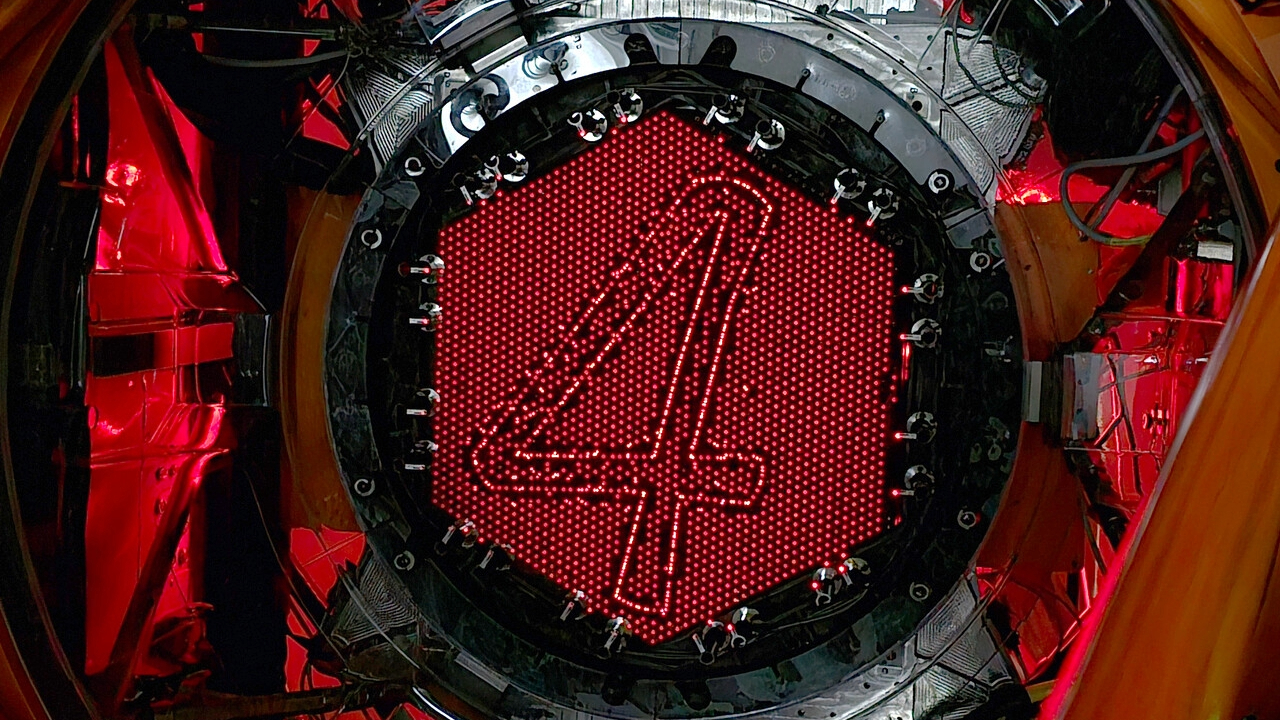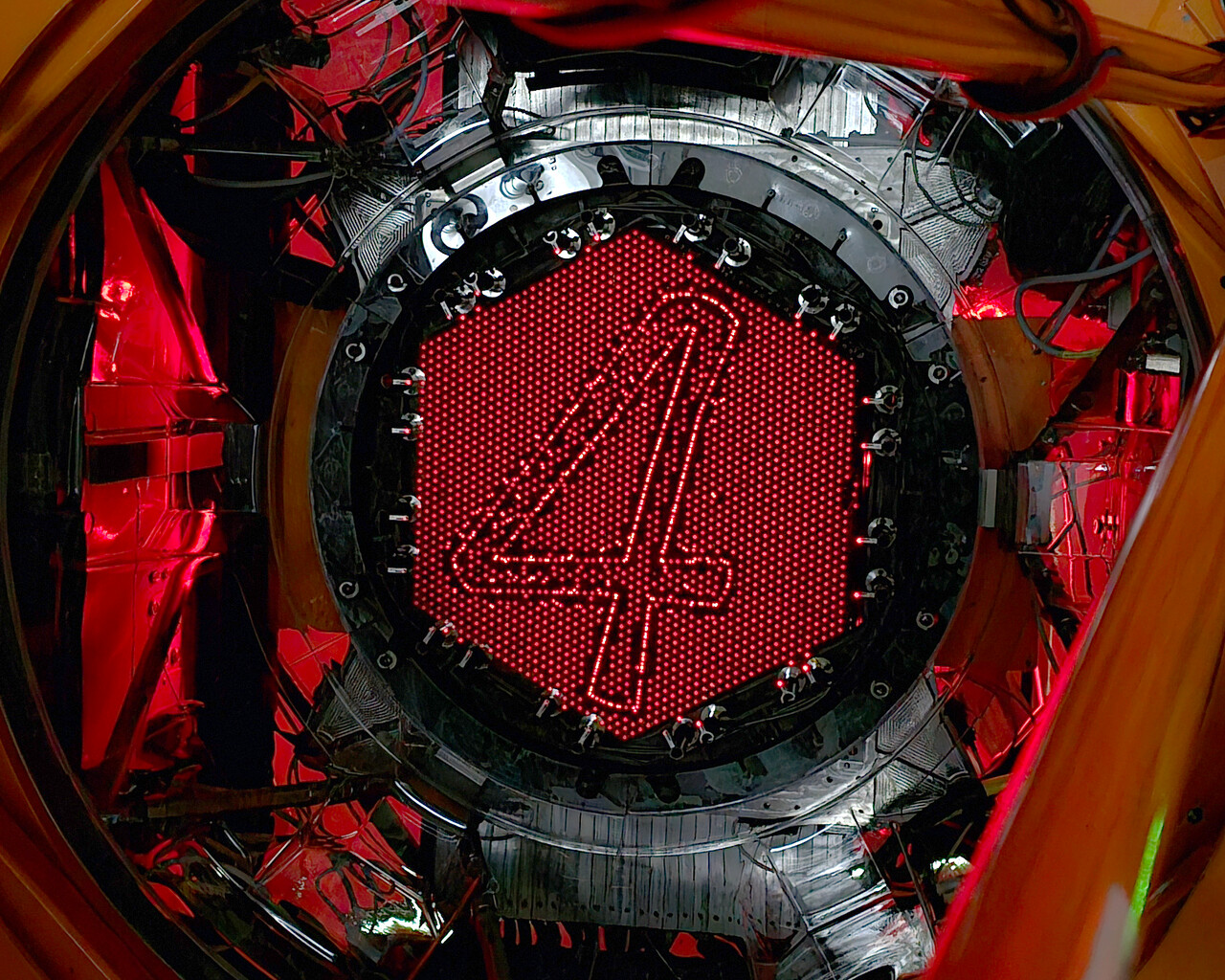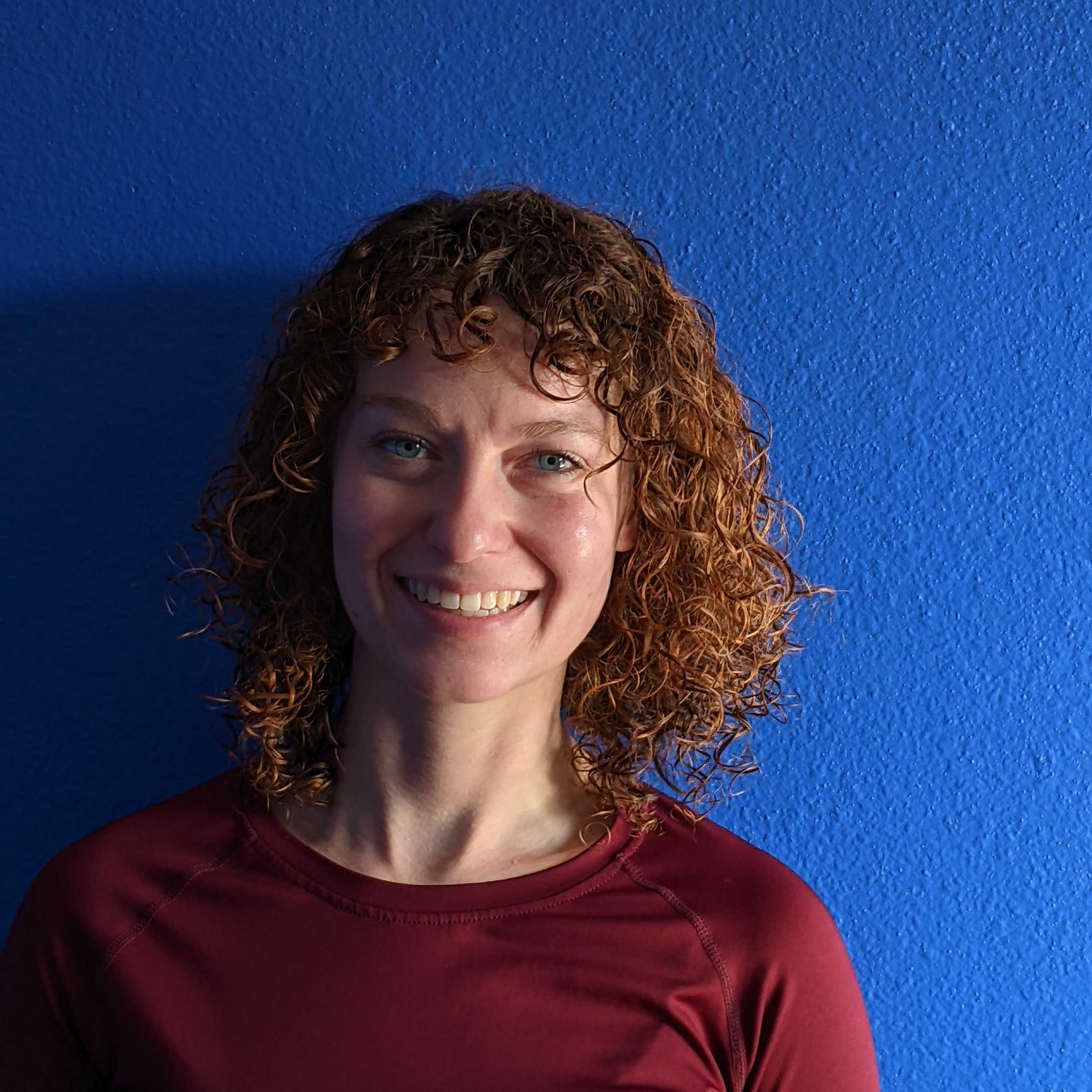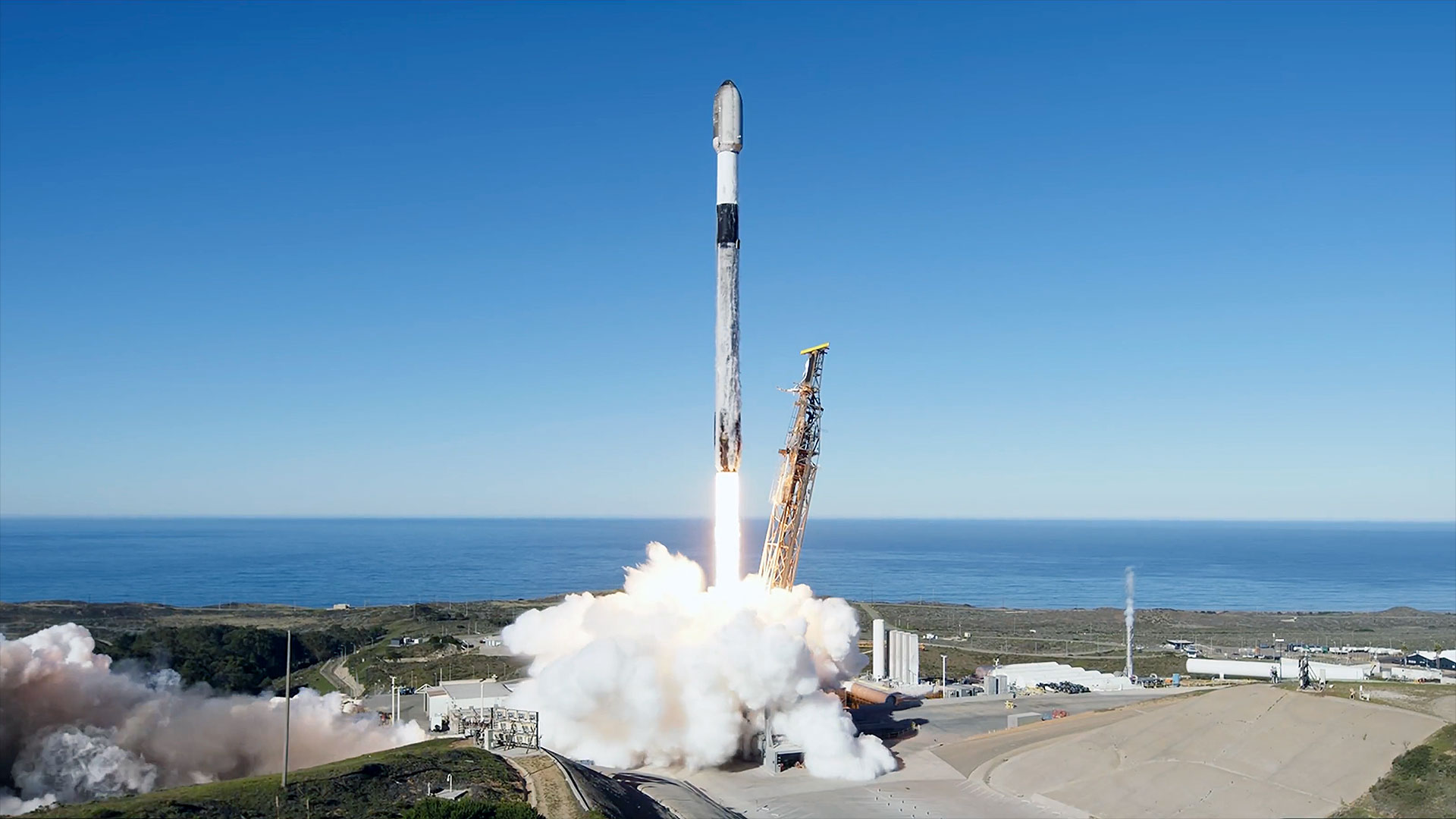New fiber optic telescope 4MOST channels 'The Fantastic Four' | Space photo of the day for July 24, 2025
Marvel's new superhero movie isn't the only thing featuring some of the brightest stars.

With the arrival of the new "Fantastic Four: First Steps" film, the European Southern Observatory (ESO) has revealed its own new superhero, a fiber optic insrument known as the 4-metre Multi-Object Spectroscopic Telescope (4MOST).
What is it?
4MOST is an instrument made of approximately 2436 individual fibers, with each collecting light from different sources simultaneously. This allows the telescope to scan and analyze many objects at the same time, an incredible superpower astronomers look forward to using.
Where is it?
4MOST is currently located at ESO's Paranal Observatory in the Atacama Desert in northern Chile. Scientists and engineers are working to add the instrument to the 4.1-meter Visible and Infrared Survey Telescope for Astronomy, or VISTA for short.
Why is it amazing?
With its thousands of fibers, 4MOST will be able to provide astronomers with key details about our universe. In a recent test, the instrument was able to control each of its 2,436 fibers individually. This is key, as each fiber will analyze an object and break its light down into a spectrum of corresponding colors, which can tell scientists what chemicals something in space is made of, how fast it is moving and other variables.
Over the next five years, 4MOST will analyze around 25 million different sources in a patch of sky bigger than 60, 000 full moons. From this survey and the spectrum breakdown, astronomers can understand what our early universe was made of, and how it has evolved since then.
Want to learn more?
You can read more about the European Southern Observatory's recent research, as well as other telescopes in Chile.
Breaking space news, the latest updates on rocket launches, skywatching events and more!
Kenna Hughes-Castleberry is the Content Manager at Space.com. Formerly, she was the Science Communicator at JILA, a physics research institute. Kenna is also a freelance science journalist. Her beats include quantum technology, AI, animal intelligence, corvids, and cephalopods.
You must confirm your public display name before commenting
Please logout and then login again, you will then be prompted to enter your display name.


